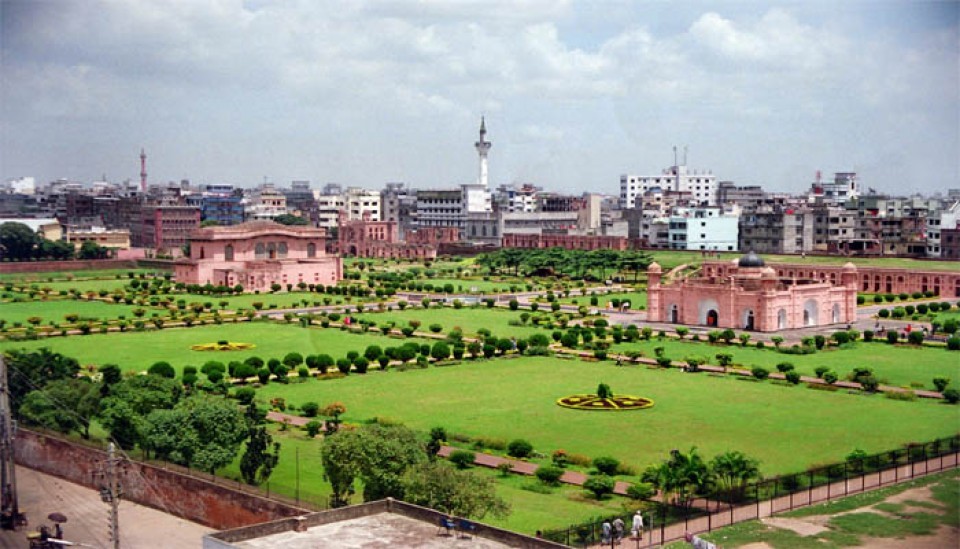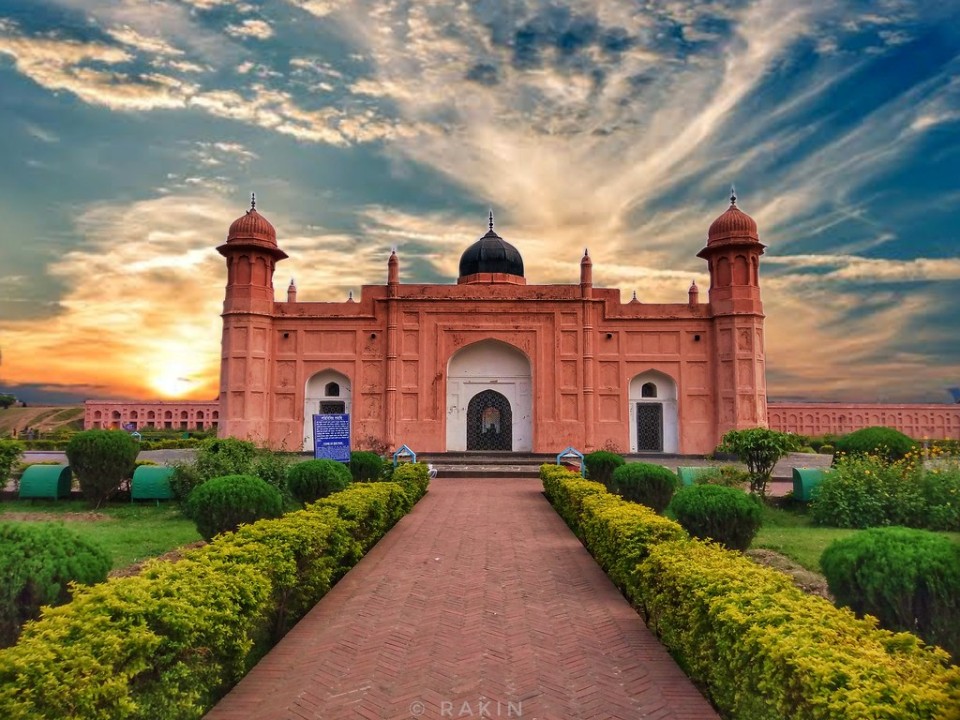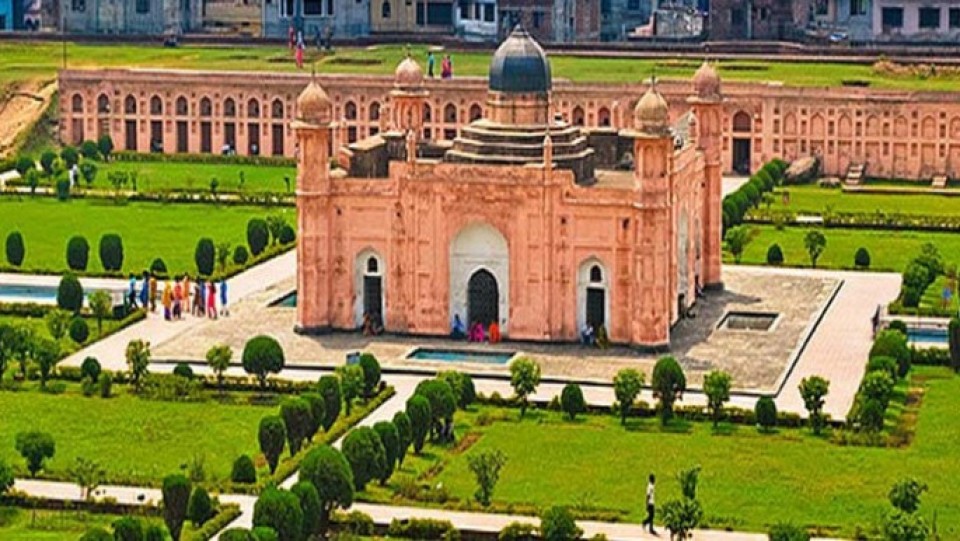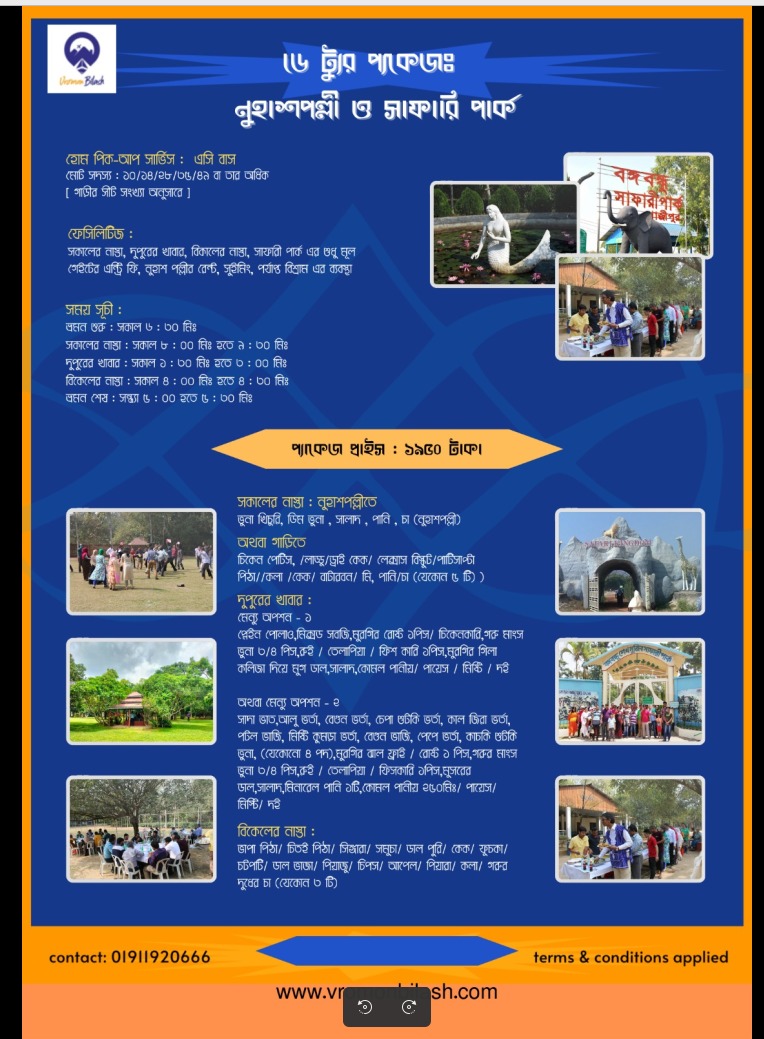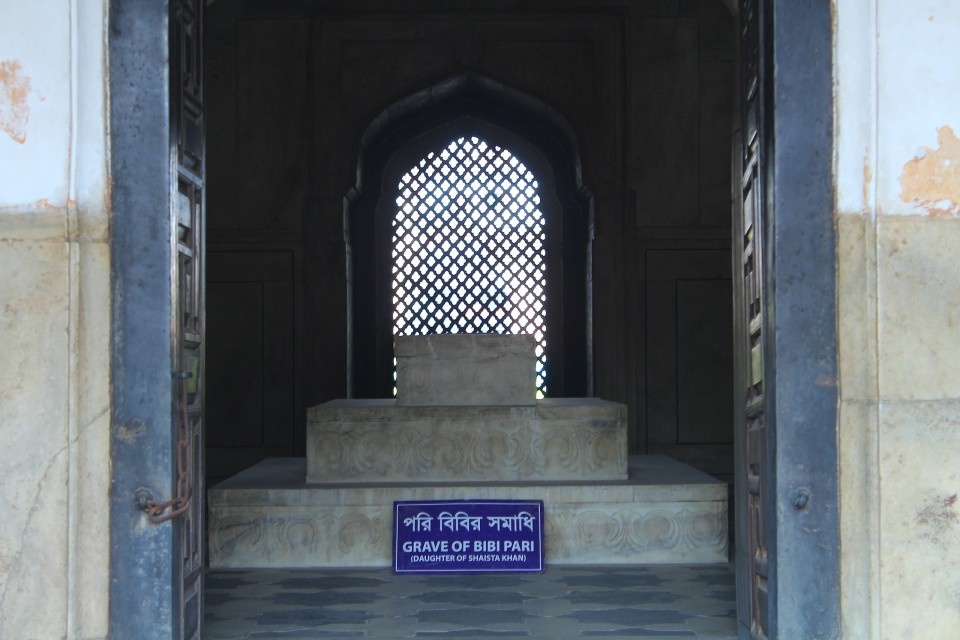Lalbagh Fort-লালবাগ দুর্গ
প্রথমে এই কেল্লার নাম ছিল কেল্লা আওরঙ্গবাদ। আর এই কেল্লার নকশা করেন শাহ আজম। মোঘল সম্রাট আওরঙ্গজেব-এর ৩য় পুত্র আজম শাহ ১৬৭৮ খ্রিস্টাব্দে ঢাকার সুবেদারের বাসস্থান হিসেবে এ দুর্গের নির্মাণ কাজ শুরু করেন। মাত্র এক বছর পরেই দুর্গের নির্মাণকাজ শেষ হবার আগেই মারাঠা বিদ্রোহ দমনের জন্য সম্রাট আওরঙগজেব তাকে দিল্লি ডেকে পাঠান। এসময় একটি মসজিদ ও দরবার হল নির্মাণের পর দুর্গ নির্মাণের কাজ থেমে যায়।নবাব শায়েস্তা খাঁ ১৬৮০ সালে ঢাকায় এসে পুনরায় দুর্গের নির্মাণকাজ শুরু করেন। তবে শায়েস্তা খানের কন্যা পরী বিবির মৃত্যুর পর এ দুর্গ অপয়া মনে করা হয় এবং শায়েস্তা খান ১৬৮৪ খ্রিস্টাব্দে এর নির্মাণ বন্ধ করে দেন। এই পরী বিবির সাথে শাহজাদা আজম শাহের বিয়ে ঠিক হয়েছিল। পরী বিবিকে দরবার হল এবং মসজিদের ঠিক মাঝখানে সমাহিত করা হয়। শায়েস্তা খাঁ দরবার হলে বসে রাজকাজ পরিচালনা করতেন। ১৬৮৮ সালে শায়েস্তা খাঁ অবসর নিয়ে আগ্রা চলে যাবার সময় দুর্গের মালিকানা উত্তরাধিকারীদের দান করে যান। শায়েস্তা খাঁ ঢাকা ছেড়ে চলে যাওয়ার পর নানা কারণে লালবাগ দুর্গের গুরুত্ব কমতে থাকে। ১৮৪৪ সালে ঢাকা কমিটি নামে একটি আধা-সরকারি প্রতিষ্ঠান দুর্গের উন্নয়ন কাজ শুরু করে। এ সময় দুর্গটি লালবাগ দুর্গ নামে পরিচিতি লাভ করে। ১৯১০ সালে লালবাগ দুর্গের প্রাচীর সংরক্ষিত স্থাপত্য হিসেবে প্রত্নতত্ত্ব বিভাগের অধীনে আনা হয়। অবশেষে নির্মাণের ৩০০ বছর পর গত শতকের আশির দশকে লালবাগ দুর্গের যথাসম্ভব সংস্কার করে এর আগের রূপ ফিরিয়ে আনা হয় এবং দর্শনার্থীদের জন্য উন্মুক্ত করা হয়। এখানকার স্থাপনার অন্তর্গতঃ পরীবিবির সমাধি বেশ উল্লেখযোগ্য। এটি মোগল আমল এর একটি চমৎকার নিদর্শন। প্রশস্ত এলাকা নিযে লালবাগ কেল্লা অবস্থিত। কেল্লার চত্বরে তিনটি স্থাপনা রয়েছে-
- কেন্দ্রস্থলের দরবার হল ও হাম্মাম খানা
- পরীবিবির সমাধি
- উত্তর পশ্চিমাংশের শাহী মসজিদ
এছাড়া দক্ষিণ-পূর্বাংশে সুদৃশ্য ফটক, এবং দক্ষিণ দেয়ালের ছাদের উপরে বাগান রয়েছে।বর্তমানে রবিবার পূর্ণ দিবস ও সোমবার অর্ধদিবস বন্ধ থাকে। সপ্তাহের বাকী ছয়দিন এই কেল্লা দর্শনার্থীদের জন্য উন্মুক্ত থাকে।
Instruction
If you want to visit Lalbagh Fort, a historical Mughal fort in Dhaka, you have several options to plan your route
- You can take a TEMPO (a three-wheeled motorized vehicle) from Gulistan Golap Shah’s Shrine to Lalbagh Fort. This is a cheap and fast way to reach the fort, but it may not be very comfortable or safe. You can also take a rickshaw from New Market or Gulistan, which is more eco-friendly and scenic, but it may take longer and cost more
-You can use a special bus service that runs from the Bangladesh National Museum in Shahbagh to Lalbagh Fort. This is a convenient and affordable option, but it may not be available at all times.
- You can use a taxi or a ride-hailing app like Uber or Pathao to get to Lalbagh Fort. This is a comfortable and reliable option, but it may be more expensive and subject to traffic congestion
# Check Google map to find the easiest way
Travel Cost
The travel cost of Lalbagh Fort in Dhaka depends on the mode of transportation and the distance from your starting point.
- If you take a TEMPO (a three-wheeled motorized vehicle) from Gulistan Golap Shah’s Shrine to Lalbagh Fort, it will cost you around 10 to 15 taka per person and take about 15 minutes.
- If you take a rickshaw from New Market or Gulistan, it will cost you around 50 to 100 taka per person and take about 30 to 45 minutes.
- If you use a special bus service that runs from the Bangladesh National Museum in Shahbagh to Lalbagh Fort, it will cost you 10 taka per person and take about 20 minutes. You can check the schedule and ticket price of the bus service at [this website].
- If you use a taxi or a ride-hailing app like Uber or Pathao to get to Lalbagh Fort, it will cost you around 200 to 300 taka per ride and take about 20 to 30 minutes. You can use [this website] to plan your trip and estimate the fare and duration of your ride.
In addition to the travel cost, you will also need to pay an entry fee to visit Lalbagh Fort. The entry fee is 5 taka for domestic visitors and 100 taka for foreign tourists. The fort is closed on Sundays and Mondays and has different timings for summer and winter.
Warning
You need to follow the rules and regulations of the fort, such as not littering, not smoking, not taking photos inside the museum, and not touching or damaging any artifacts or structures

